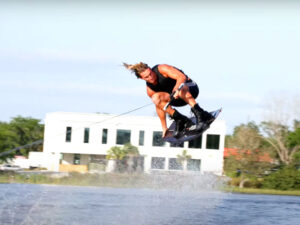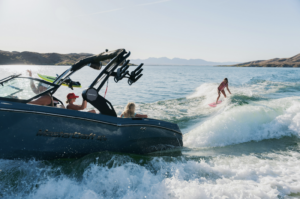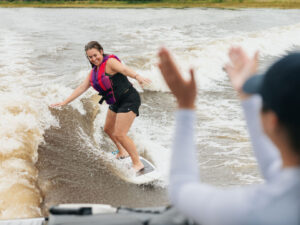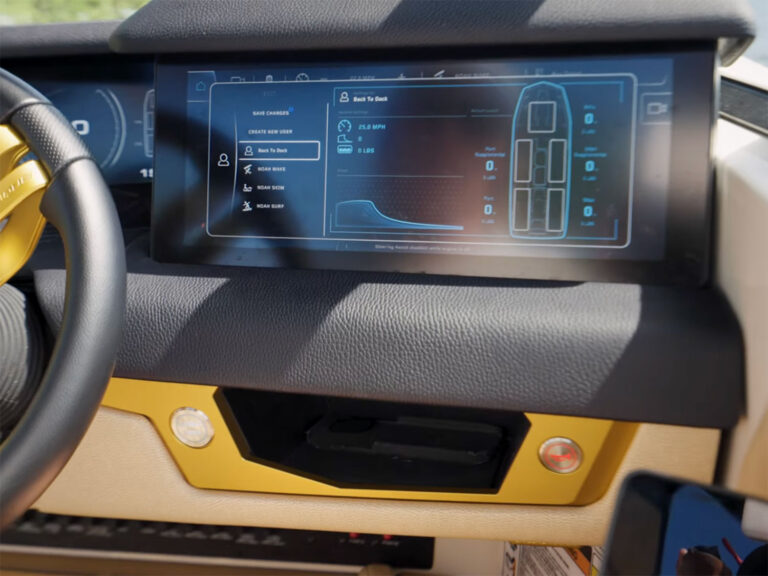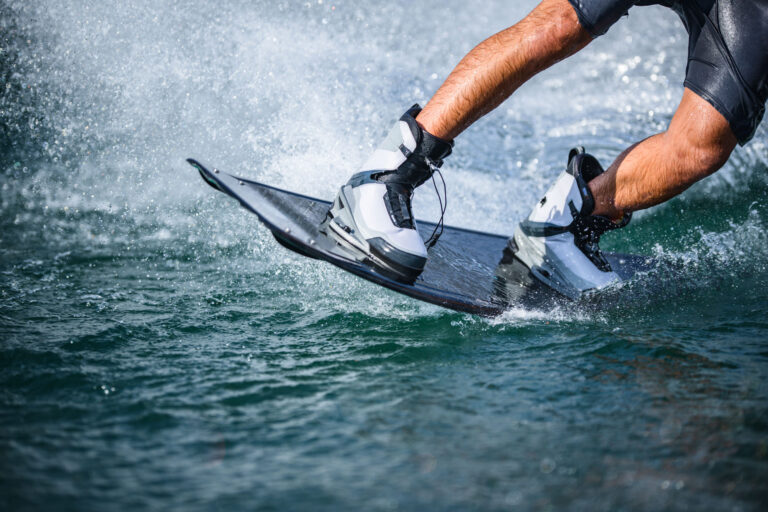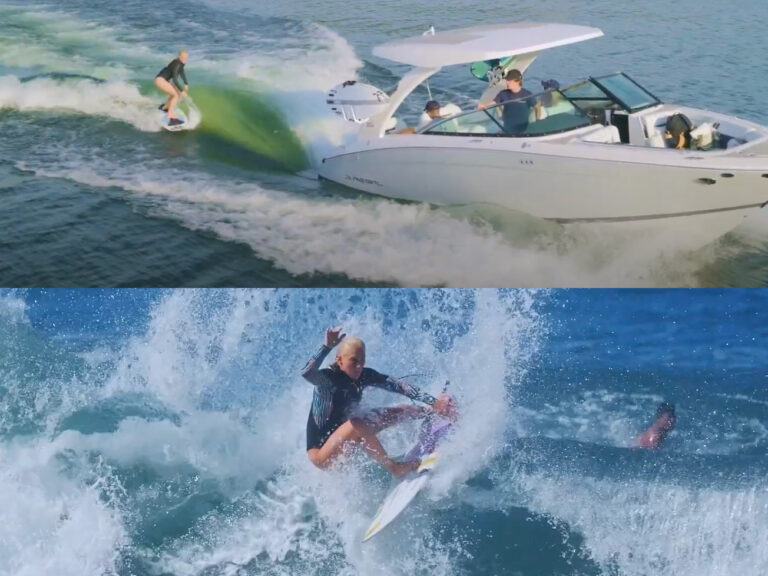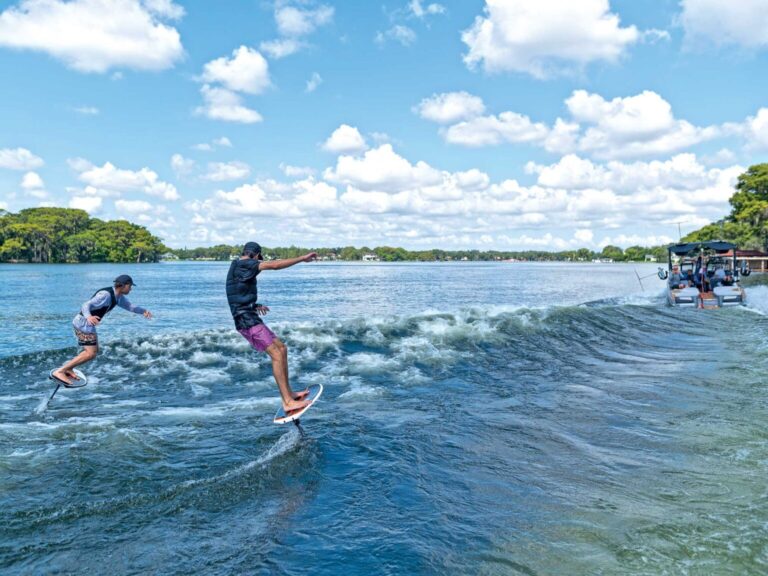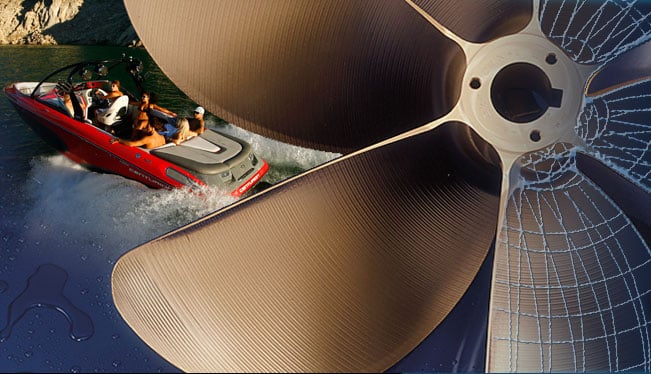
Often an afterthought, your prop is potentially the biggest factor in your wakeboard boat’s performance. You can have the largest engine available, but without the right boat prop you’ll really sacrifice performance and fuel economy. Most props that come stock from the factory are aimed to the middle-of-the-road wakeboard boat owner who loads his boat with stock ballast and a handful of passengers. If you’re adding extra weight to your wakeboarding boat or riding at higher altitudes, you should consider upgrading to a more wakeboard-specific prop.
In general, wakeboard boats perform best with larger-diameter, lower-pitch props, which produce more push out of the hole and more consistent speed, especially when heavily weighted. In addition to increased performance, a wake-specific prop will also yield better fuel economy when you’re wakeboarding and wakesurfing. There are tradeoffs, of course. At cruising speeds, that same larger-diameter, lower-pitch boat prop will burn more fuel. Top-end speed also decreases as you go down in pitch, which won’t appeal to riders who have to run across large lakes to find good water.
Do some research to pair a prop with your boat and engine and get the best of everything.
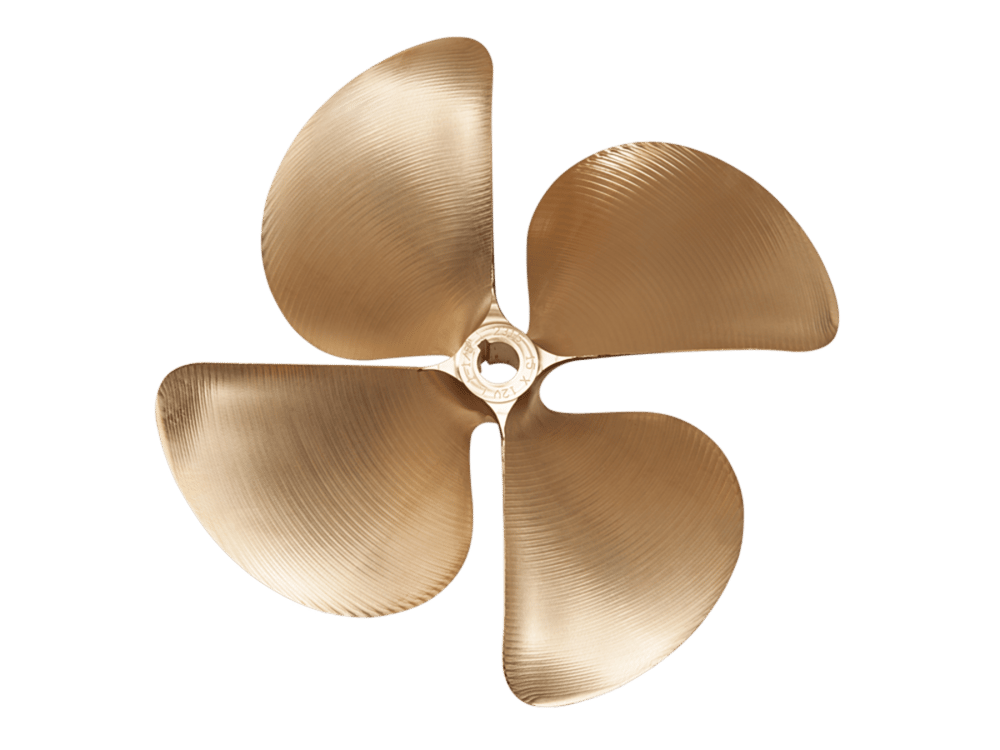
5 Steps to Choosing the Right Prop
There isn’t a magic formula for picking the best prop for your boat. What’s best for you will vary based on your boat, how and where you’re riding and what you want to achieve. Follow these steps to get started.
1. Determine Your Use
Do you ride close to where you launch or do you have to run a good distance to your favorite riding spot? Do you primarily wakeboard and wakesurf or do you dabble in higher-speed water sports as well? How you use your boat will help determine your ideal prop.
2. Consider Every Factor
At what altitude do you ride? As altitude increases, your engine loses power as a result of reduced oxygen levels. A lower-pitch prop will help maximize your acceleration and pulling power. How do you weight your boat? Compensate for extra weight with a larger diameter and lower pitch.
3. Take Stock
Check the parts number on your current prop to determine its diameter and pitch. Also, find your boat’s gear ratio in your owner’s manual. Most of today’s wake boats have a 1.5-to-1 gear ratio, which enables you to take advantage of a four-blade prop’s increased surface area. Boats with a 1-to-1 ratio are often better off using a three-blade prop.
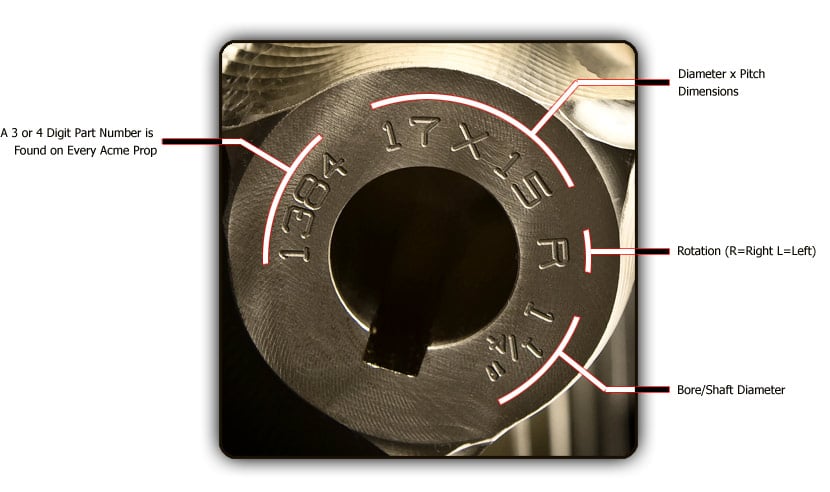
4. Know Your Limits
Measure the clearance between the tip of your current prop and the bottom of the boat. You need to maintain a margin of at least three-quarters of an inch. Anything less and you risk burning your gelcoat. Now, do the math. What diameter prop can your boat actually handle?
5. Go to the Pros
Armed with this information, contact the prop specialists at Acme Propellers, and they’ll guide you to the perfect prop in a matter of minutes.
Learn more about your boat’s true potential at ACMEmarine.com.
